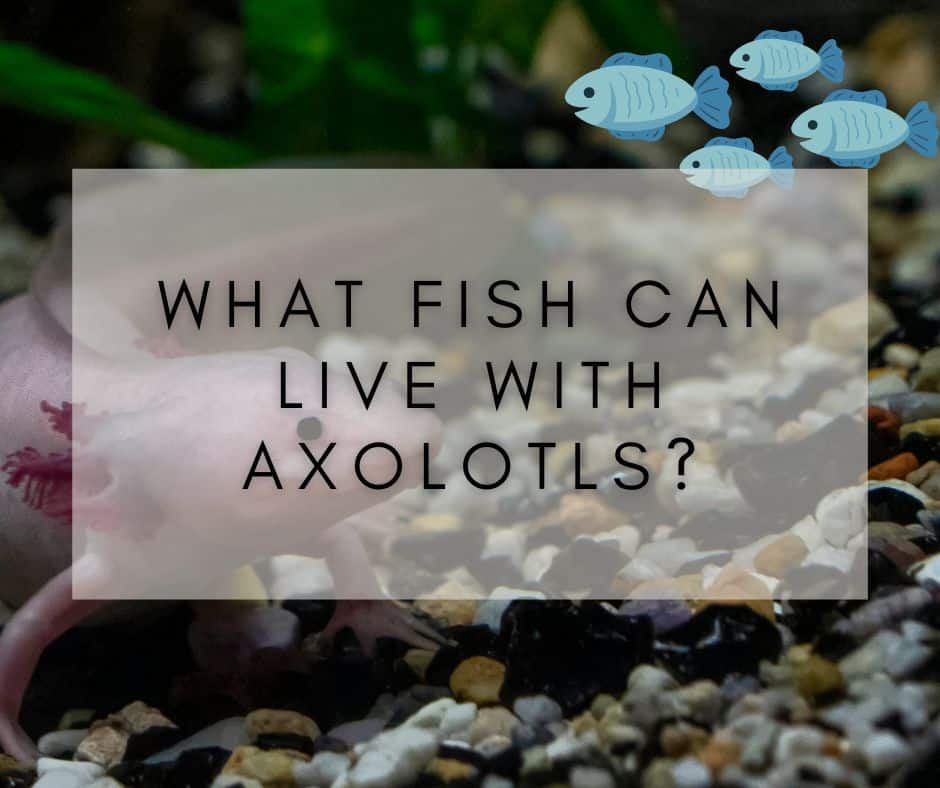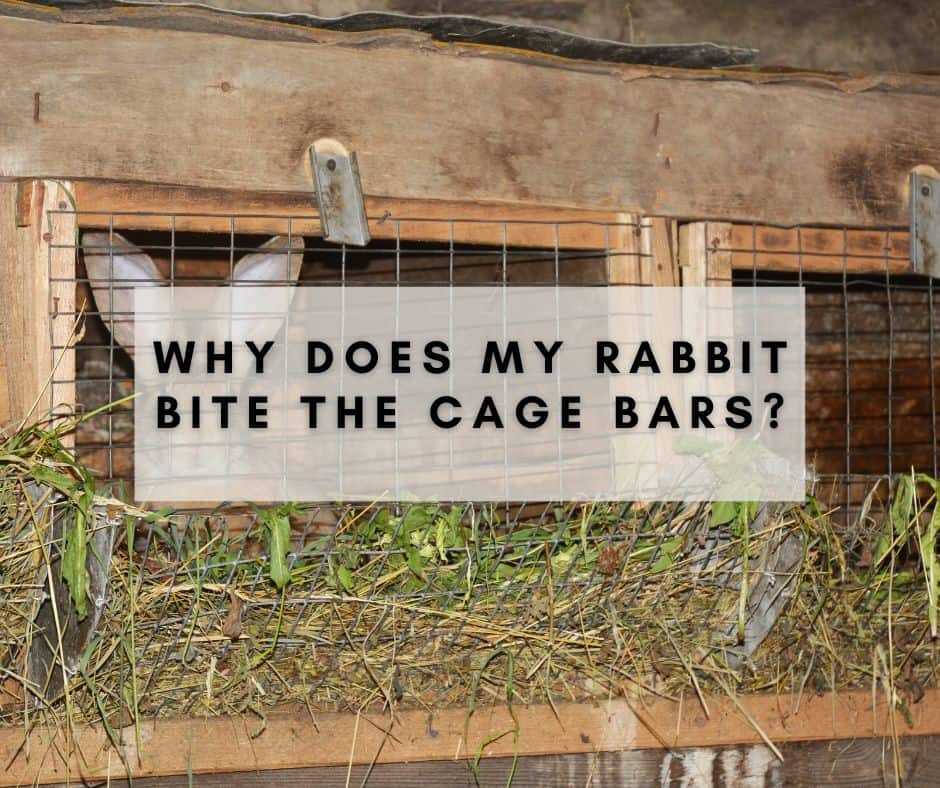Axolotls are antisocial creatures, they prefer to be at peace alone rather than have a companion with them.
But if they were to have a companion, it’s best if they’re minnows, guppy fishes, or another axolotl.
However, it’s easier said than done. After all, introducing a new friend to your axolotl can be dangerous over time.
Contents
The case with axolotls
You have to understand the nature of your pet. They’re happy being isolated, and most fishes that come in contact with them either end up eaten or potentially harm your axolotl.
It’s not just the natural predator-prey relationship between your pet and other fishes. Axolotls also have specific living conditions that make most fishes unable to survive.
Both because of the temperature and their nocturnal nature. Imagine having a roommate that comes alive at your sleeping time, what a complete nightmare!
So, even if they have the same living conditions, it can all boil down to their behavior.
Best companions for axolotls
Generally, Axolotls shouldn’t have companions at all. They thrive on being confined to their presence and their presence only.
But if you’re considering a companion, at least get some of these:
Another Axolotl
In this case, another axolotl can do less harm than most of the fish on the list.
Having the same living conditions, your axolotl doesn’t have to adjust too much.
They are mildly cannibalistic, so preying on each other isn’t totally out of the question.
But as long as they have enough space and food, they can co-exist peacefully.
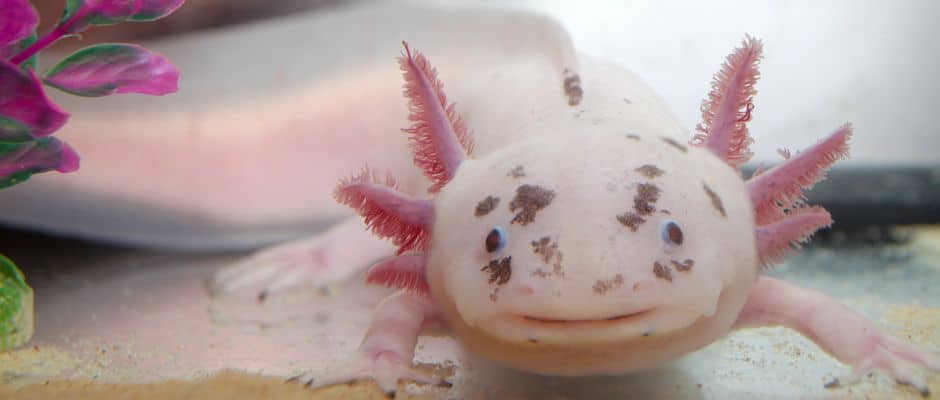
Minnows
They can live in the same water temperature that axolotls enjoy, so there’s not much of an adjustment.
However, axolotls may prey on minnows, and the only defense these fishes have is their speed.
Fortunately, even if they get devoured, they will not harm your axolotl due to their lack of spines or shells.
While it is a setback because they’re for companionship rather than a tasty snack, it is inevitable.
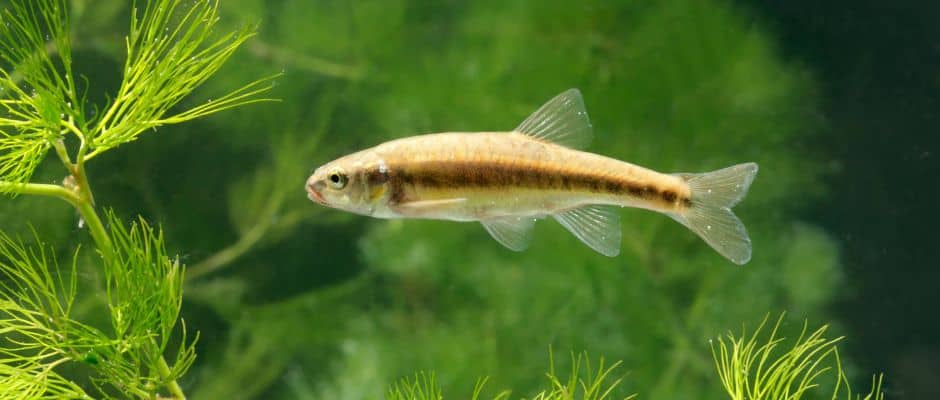
Guppy Fish
Unlike minnows, guppies are much slower and will get devoured more often because of it.
But just like the minnows, they are mostly safe for digestion, except for juvenile axolotls.
Baby guppies are being intentionally fed to axolotls, used as feeder fishes.
They can also live in the same conditions as axolotls and do not require high maintenance.
Just be careful, guppies can reproduce fast and carry diseases, harming both the mental and physical health of your axolotl.
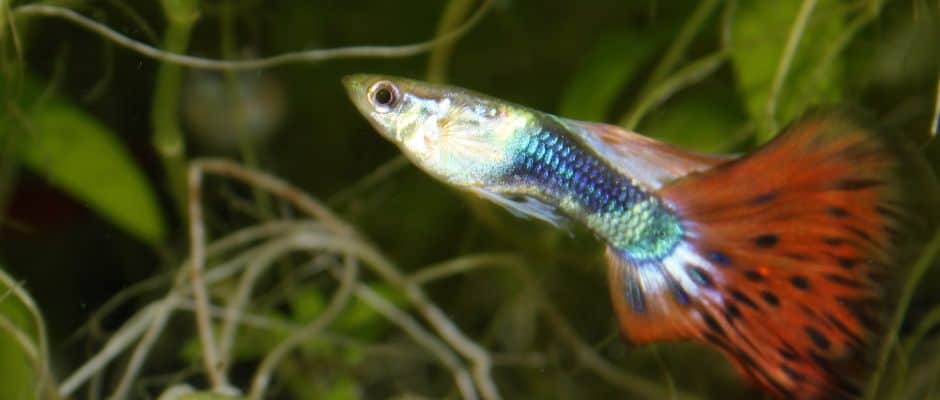
Zebra Danios
These fishes are calm and prefer to stick on their own, much like your axolotl.
This type of fish is nimble and can escape quickly if your axolotl decides to hunt it.
Because of their behavior and natural traits, they can last quite long with their roommate.
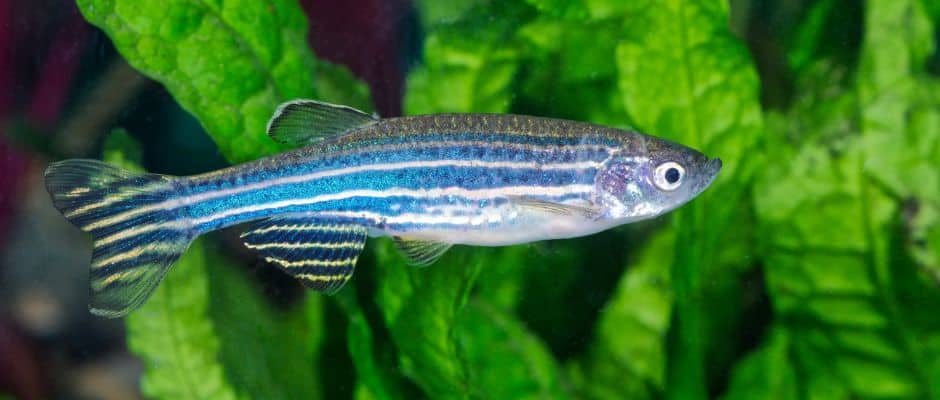
Dojo Loaches
Dojo Loaches resemble eels, having the longest body among the fishes on this list.
They’re peaceful fishes, likely avoiding your axolotl, and have the same diet as them.
While they do not exhibit a schooling nature, it’s best to have around three or four in the same tank.
However, that requires a larger tank. Since they can grow up to 12 inches, it’s best to house them in a 100-gallon tank.
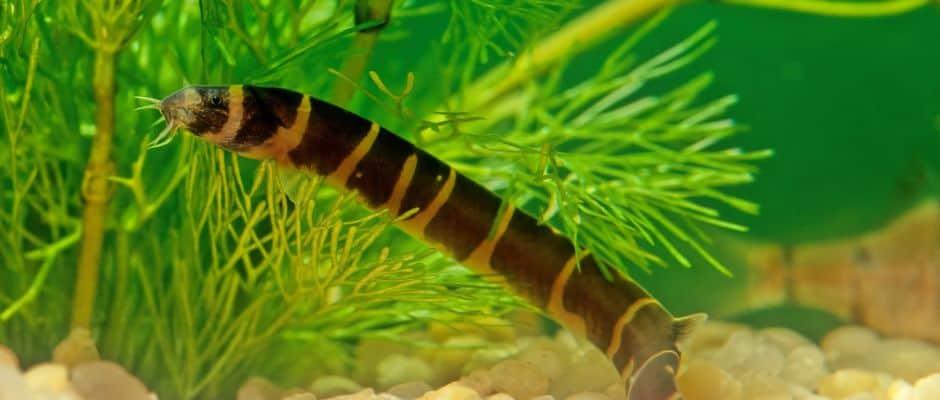
Things to consider before adding a companion
Axolotls have very specific needs, both in their aquarium settings and in their social capacities. These needs dictate the considerations owners ought to have before bringing another creature into their home.
Water Temperature
Axolotls prefer colder temperatures, automatically removing tropical fishes from the list of candidates.
The ideal temperature for axolotls is between 60 and 64 degrees Fahrenheit (16 – 18°C).
Temperament
Axolotls will get stressed out if their roommates are active, especially during the morning when they sleep.
Fishes with calm demeanors are better for axolotls, especially since most aggressive or territorial fishes are capable of harming your axolotl.
Health Risks
Other fishes may not be physically harmful, but they can carry diseases that can transfer to your axolotl.
Additionally, due to the natural predator-prey relationship, fishes with hard skeletons may lead to choking, impaction, or injury.
That’s why most of the fish on the list are either small or have no skeletons at all.
Competition
Having an additional bottom-dweller in their habitat can provide unhealthy competition.
It leads to bullying and aggressive behavior from both fishes, creating animosity inside the tank.
Also, axolotls are at a disadvantage due to their slower movements and bad eyesight.
Tankmates to avoid
Now that we’ve given you the best tankmates for your pet, let’s go to the other side of the coin and discuss the fishes you should avoid for the safety of your axolotl.
Goldfish
While they live in the same water temperature as axolotls, goldfishes are well-known for being fin nippers.
They seem harmless but can grow into a size that allows them to bully your pet.
Axolotls aren’t able to safely swallow goldfish, especially since it’s so tempting for axolotls when the goldfish is still young.
Additionally, they create a lot of waste. It can be very stressful for your axolotl to have them around.
Cory Catfish
These fishes are small, hence more likely to be swallowed. Unfortunately, their sharp spines will injure those who try to eat them.
And, as mentioned before, they can pose as competition to your axolotl due to their nature as bottom-dwellers.
It could provoke the axolotl due to the hunger they feel from sharing their eating space and attack the Cory Catfish.
Otocinclus Catfish
These fishes are very active. You’ll find them zipping about the aquarium at a fast pace.
While good at avoiding the predatory bites of your axolotl, they can be stressful to be with.
They also have spines that can choke or injure your axolotl if they ever try to swallow them.
Conclusion
Axolotls do not need tankmates, and no fish would survive long inside the same water space as them.
It’s typically discouraged for them to have a companion, they’re already satisfied being alone.
However, if you insist on a tankmate, a fish with the same living conditions, a calm attitude, and a soft exoskeleton will do the job.
It’s wise to avoid larger fishes with hard shells, they’ll become choking hazards, especially to juveniles.
Always remember to do your research before taking a chance and bringing an additional creature into your tank. Be sure to take care of both the axolotl and its companion!

